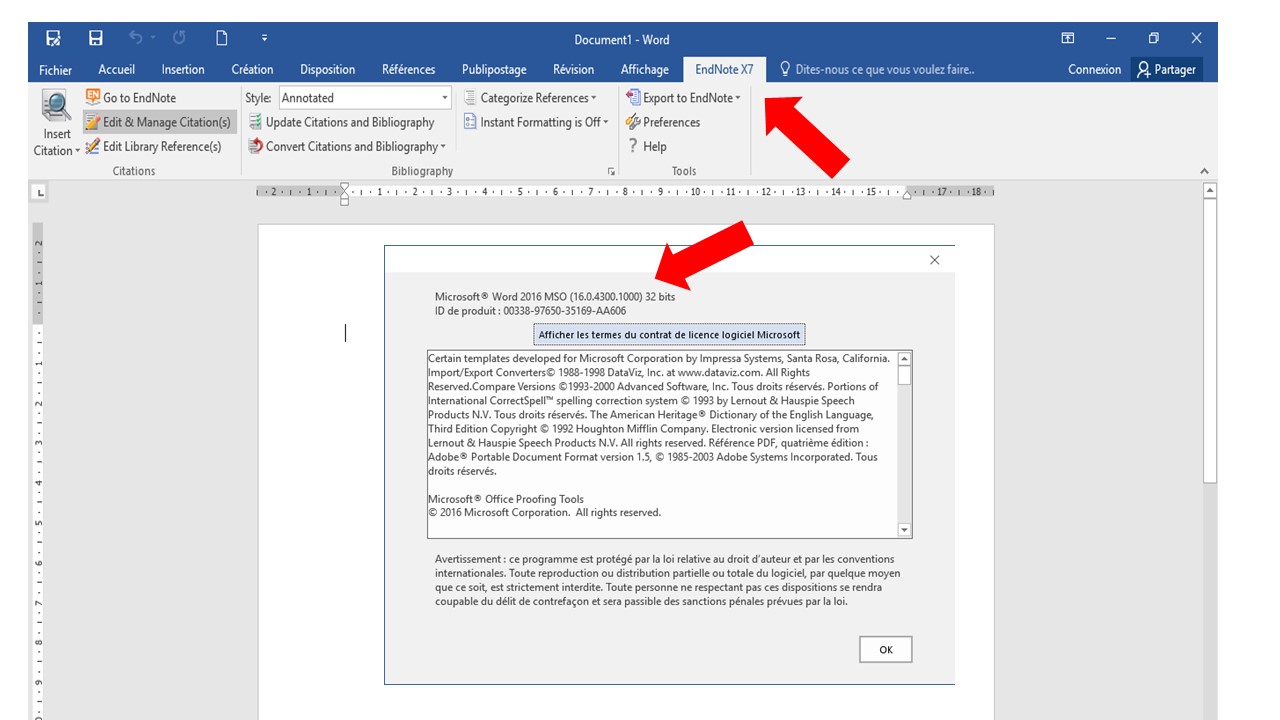

You can import them by importing the Spring Boot starter test package in your build. One more thing you’ll need in your application to be able to test it, is the Spring Boot test dependencies. Integration testing is a kind of black box test, we only care about the response, so the internals of the service should be completely opaque for the purposes of testing. Is CustomerNotFound -> ResponseEntity.notFound().build()Įlse -> ResponseEntity.internalServerError().build()Īs you can see in this example, we are using a custom Either monad to handle the responses, but for the purpose of this article you won’t have to worry about implementation details. This guide contains information on the citation management tool EndNote.

There is much more extensive help on the EndNote Web page. This is a very brief guide to help you get started collecting citations for your EndNote Basic library. The program can be used free of charge by students, faculty and staff, as long as the University of Tokyo subscribes to Web of Science. Our GET endpoint looks like this: produces = ) EndNote Basic, the online version of EndNote, is available for free to current UCLA students, faculty, and staff. In this article will look at our GET endpoint only, and write an integration test for it. You can see the latest version in our article “Exception Handling in Spring Rest Services in Kotlin”. If you are interested in an example using Java, you can find the equivalent article in Java here.įor the examples shown throughout this article, we will be using the same codebase we’ve shown in our previous Spring articles. We will take you through a simple integration test example to be able to test a GET endpoint in a Spring Boot application. In this article we will show you how to perform a GET request in Spring using RestTemplate.


 0 kommentar(er)
0 kommentar(er)
